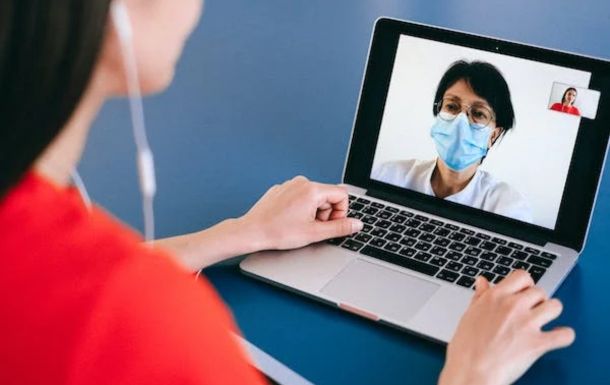University of Houston: Strategies for Sustaining Nursing Presence During Telehealth Visits
As the role of telehealth in medical delivery continues to change the dynamics of health care, nurses often have less time with patients at the bedside in favor of more time connecting virtually. Many nursing theorists define nursing as “being with” the patient, but this technological evolution is challenging nurses to find new ways to offer the same compassion and empathy while connecting on a screen.
In 2021, 37% of adults used telemedicine in the past 12 months, according to data from the Centers for Disease Control and Prevention. In light of the increase in usage, Shainy Varghese, professor at the University of Houston’s Andy and Barbara Gessner College of Nursing, has published research in the International Journal for Human Caring which highlights ways to blend the caring profession into the virtual landscape.
“It is our responsibility to make sure that the human presence is not fading away or being replaced by questionnaires, surveys and tasks,” reports Varghese. “Nurse presence is an inseparable part of comprehensive care which aims at meeting patient needs by healing the body and soul.”
That mission begins even before a virtual visit and is sustained over three phases: pre-visit, visit and post-visit.
“The pre-visit phase is crucial in telehealth, including the presentation of the person and environment. The provider should create a professional look, wearing appropriate attire to maintain the professional appearance as if the patient is seen at the office is essential. The dress code must be followed, much like a face-to-face visit,” said Varghese. “The objects surrounding us send non-verbal cues that may influence how people perceive the provider.” That means no messy desk, along with a tidy appearance.


Varghese advises that listening is the key to all effective communication and can be used to maintain the process of “being with” during virtual visits to facilitate healing for a patient.
“In virtual health care, active and reflective listening is required. Active listening is paying complete attention to what another person is saying. Body posture is essential in active listening. Functional listening expressions such as occasionally nodding, smiling when it is appropriate, using other appropriate facial expressions, keeping an open posture, showing interest in the communication and encouraging the speaker are some of the ways to show that the nurse is fully engaged in the conversation,” said Varghese.
Reflective listening communicates respect to the patient, increases communication and cooperation, and is an opportunity to correct mistakes. Strategies for reflective listening are listening more than talking, summarizing and clarifying more than talking, repeating and explaining what the speaker has said.
The nuances of care continue after the visit and imitate much of the follow-up routine of an in-person visit which may include scheduling labs and check-ins by telephone text. “Understanding these concepts has great implications for nursing education, practice, theory and research. Students need to be prepared for nursing care with an expanded capacity to create and sustain a nursing presence in virtual healthcare,” said Kathryn Tart, founding dean, Professor and Humana Endowed Dean’s Chair in Nursing at the Gessner College of Nursing.

